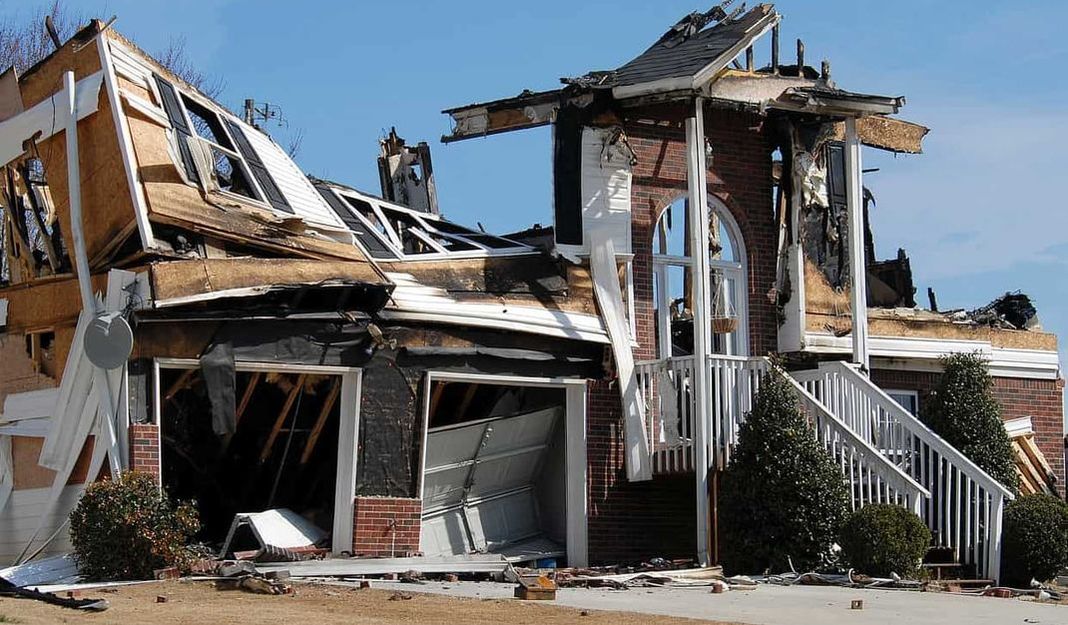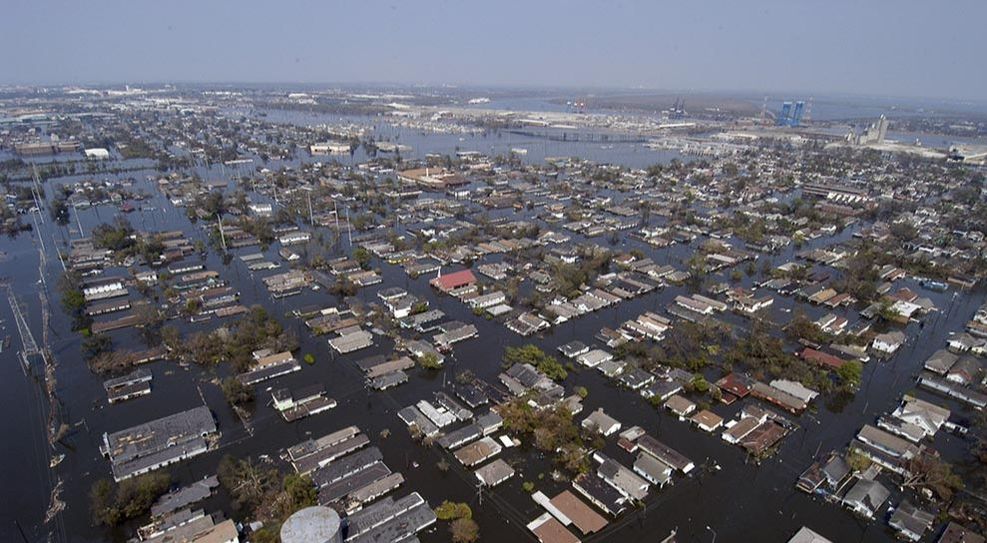Insurance tipsBlogging important insurance stuff!
|
|
Natural disasters bring a wide path of devastation in their wake. Long after the initial loss of life and injuries occur, homeowners who are affected are left handling the cleanup. From 1980 to 2018, the United States has had 230 weather and climate disasters with over $1 billion in costs, for a total cost of $1.5 trillion. In 2017 alone, natural disasters cost the country over $306 billion. Even smaller scale disasters can leave homeowners devastated. Thankfully, homeowner's insurance helps cover most of these disasters, but homeowners need to know how to get the most out of their policies.
Hurricanes, tornadoes, floods, fires and even lightning storms all have something in common. When they hit the wrong location, they can cause costly damage and put lives at risk. In 2017 alone, hurricanes did more than $265 billion in damage in the U.S. and widespread wildfires took an additional $18 billion toll. Buildings that are under construction are at high risk in these instances. For construction professionals, understanding this risk is critical.
When Hurricane Harvey left its path of devastation across Texas and the neighboring states, one of the lesser known side effects was all of the cars that were left behind. An estimated 1 million cars were completely destroyed in the 2017 disaster — more than in any other weather event in American history. While Harvey was indeed a “100-year storm”, it highlighted the power and dangers of storm-related flooding that can happen anywhere.
Hurricanes are a devastating force of nature. A typical hurricane can produce 6 to 12 inches of rainfall, wind gusts up to 100 mph or more and storm surges that can swallow an SUV.
Steps to help you prepare for a hurricane.
|
Contact Us
(919) 569-5777 Archives
August 2019
Categories |




 RSS Feed
RSS Feed